Home>Garden Essentials>Garden Storage>How To Minimize Your Wardrobe
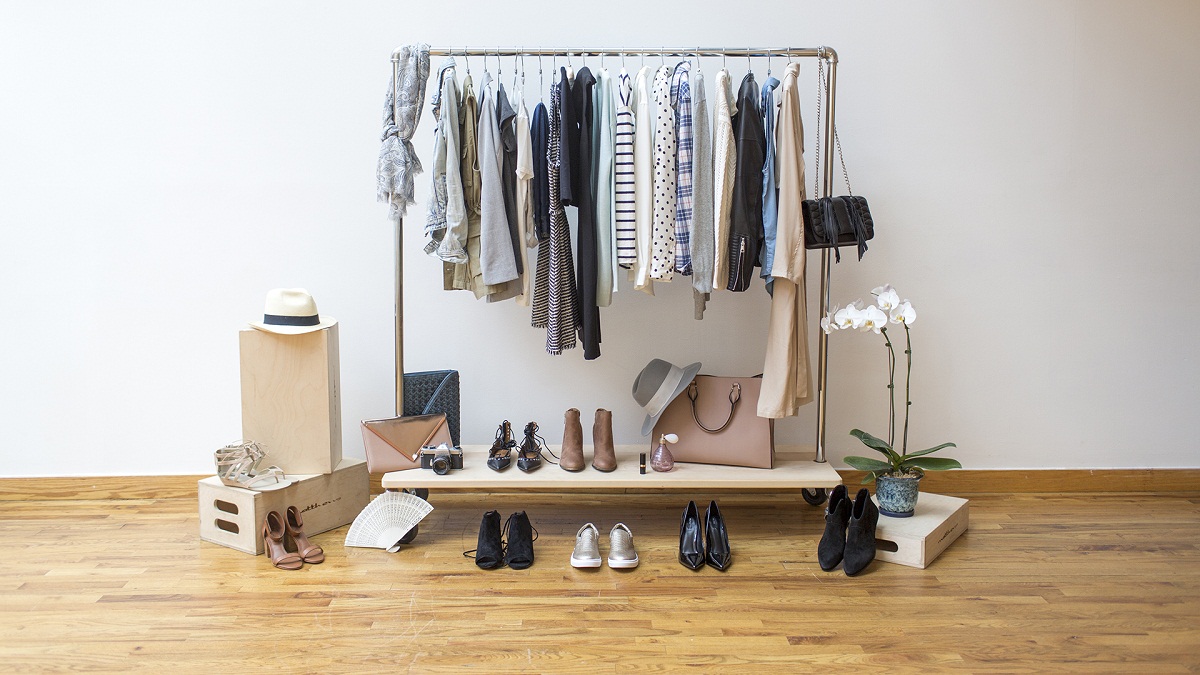

Garden Storage
How To Minimize Your Wardrobe
Modified: August 17, 2024
Learn how to minimize your wardrobe and maximize your storage space with these helpful tips and tricks. Say goodbye to clutter and hello to an organized closet!
(Many of the links in this article redirect to a specific reviewed product. Your purchase of these products through affiliate links helps to generate commission for Storables.com, at no extra cost. Learn more)
Introduction
In a society that promotes excessive consumption and fast fashion trends, it’s easy to find our wardrobes overflowing with clothes we rarely wear and struggle to put together cohesive outfits. However, there is a solution to this sartorial chaos – minimizing your wardrobe.
A minimized wardrobe focuses on quality, versatility, and personal style. It’s about curating a collection of clothing that truly represents you and makes getting dressed a breeze. In this article, we will guide you through the process of minimizing your wardrobe, from assessing your current clothing collection to creating a capsule wardrobe and adopting sustainable shopping habits.
By minimizing your wardrobe, you’ll not only simplify your daily routine but also contribute to reducing the environmental impact of the fashion industry. So, let’s dive in and discover how to create a functional and stylish wardrobe that fits your lifestyle.
Key Takeaways:
- Embrace a minimized wardrobe to simplify your life, enhance your personal style, and contribute to a more sustainable fashion industry through intentional curation and versatile, high-quality staples.
- By adopting sustainable shopping habits and mastering mix and match techniques, you can maximize the wearability of your clothing pieces and reduce environmental impact while maintaining a functional, curated wardrobe.
Read more: How To Rebuild Your Wardrobe
Assessing your current wardrobe
Before embarking on the journey of minimizing your wardrobe, it’s essential to assess your current clothing collection. This step will help you understand what you have, what you wear, and what you don’t. Here are some tips to help you assess your wardrobe:
- Take inventory: Start by emptying your closet and drawers and categorize your clothing items. This will give you a visual representation of what you own.
- Consider your lifestyle: Think about your daily activities, work requirements, and social events. Identify the clothing items that align with your lifestyle and prioritize them.
- Identify your favorites: Pick out the pieces you love and frequently wear. They are essential in defining your style and can serve as the foundation for your minimized wardrobe.
- Assess condition and fit: Examine each garment for signs of wear and tear or items that no longer fit you properly. It’s time to let go of those items that are too damaged or don’t make you feel confident.
- Recognize your style evolution: Our style evolves over time. Identify the items that no longer resonate with your current style preferences and set them aside.
As you evaluate your wardrobe, keep in mind that the goal is not to get rid of every item except for a handful. It’s about letting go of what no longer serves you, both practically and aesthetically.
Once you have assessed your current wardrobe, you will have a clearer picture of what you own and what you need. This process sets the foundation for creating a wardrobe that reflects your personal style and makes getting dressed a joyous experience.
Identifying your style
Now that you have assessed your current wardrobe, it’s time to identify and define your personal style. Your style is a reflection of your personality, preferences, and lifestyle. Here are some steps to help you discover your unique style:
- Gather inspiration: Look for fashion inspiration from various sources, such as magazines, fashion blogs, social media, and even street style. Save or bookmark images that resonate with you and reflect the aesthetic you want to achieve.
- Analyze your preferences: Take a closer look at the images you have collected. Do you notice any recurring themes? Are there specific colors, patterns, or silhouettes that catch your eye? This analysis will help you uncover your style preferences.
- Consider your lifestyle: Think about your daily activities and the occasions you typically dress for. Do you need professional attire for work, casual outfits for weekends, or formal attire for special events? Ensure that your style aligns with your lifestyle and meets your wardrobe needs.
- Identify key elements: Look for common elements in the images you have collected. Are there specific fabrics, textures, or details that you are drawn to? These elements will provide guidance when selecting new clothing pieces for your minimized wardrobe.
- Define your style in keywords: Use keywords to summarize your style. Are you classic, bohemian, minimalist, or edgy? These keywords will serve as a reference when building your capsule wardrobe.
Remember, personal style is subjective and can evolve over time. Don’t feel pressured to fit into a specific category or trend. The goal is to identify what makes you feel confident, comfortable, and authentic. By defining your style, you will have a clear direction when selecting and curating clothing pieces for your minimized wardrobe.
Decluttering and organizing your wardrobe
Now that you have assessed your current wardrobe and identified your personal style, it’s time to declutter and organize your clothing collection. Decluttering will help you make space for the items that truly align with your style and make getting dressed easier. Here are some steps to effectively declutter and organize your wardrobe:
- Set aside dedicated time: Decluttering your wardrobe is a time-consuming task. Set aside ample time where you can focus solely on this process without distractions.
- Start category by category: Begin decluttering by tackling one category at a time, such as tops, bottoms, dresses, or accessories. This approach allows you to focus and make decisions more efficiently.
- Use the “Keep, Donate, Discard” system: As you go through each item, ask yourself if it aligns with your personal style and if you truly love and wear it. Make three piles – keep, donate/sell, and discard. Be honest and ruthless in your choices.
- Consider the KonMari method: Embrace the principles of the KonMari method by Marie Kondo. Hold each item and ask yourself if it sparks joy. If it doesn’t, it’s time to let go.
- Organize with intention: Once you have decluttered, organize your remaining items in a way that makes sense to you. Arrange them by category, color, or any other system that suits your needs and makes finding items easier.
- Invest in storage solutions: Use storage containers, hangers, and dividers to maximize your wardrobe space and keep it neat and tidy. Consider utilizing vertical space, such as shelves or hanging organizers, to optimize storage.
Remember, the goal is to create a wardrobe that is streamlined, functional, and reflects your personal style. Decluttering and organizing your wardrobe not only create a physical space but also a mental space, allowing you to easily see and appreciate the items you love.
By decluttering and organizing your wardrobe, you’ll have a better understanding of what you own, and it will become easier to mix and match pieces and create cohesive outfits. This sets the stage for building a capsule wardrobe.
Creating a capsule wardrobe
A capsule wardrobe is a curated collection of essential clothing items that can be mixed and matched to create a variety of outfits. It focuses on versatility, quality, and longevity, allowing you to simplify your wardrobe and make getting dressed effortless. Here are the steps to create a capsule wardrobe:
- Determine the number of items: Decide on the number of items you want in your capsule wardrobe. This can vary depending on your lifestyle and personal preferences, but a common guideline is around 30-40 items, including tops, bottoms, dresses, outerwear, and shoes.
- Select staple pieces: Choose versatile staple pieces that form the foundation of your wardrobe. These include classic items like neutral-colored tops, well-fitting jeans, a little black dress, and a tailored blazer. These pieces should be timeless and adaptable to different occasions.
- Add statement pieces: Incorporate a few statement pieces that reflect your personal style and add interest to your wardrobe. These can be bold prints, unique silhouettes, or accessories that elevate your outfits.
- Consider color palette: Opt for a cohesive color palette that allows for easy mix and match. Neutral colors like black, white, gray, and beige are versatile and can be paired with pops of color or patterns.
- Think about layering: Choose items that can be layered to create different looks and adapt to different seasons. This allows you to maximize the use of each piece and create outfits for various weather conditions.
- Seasonal rotation: Consider creating separate capsules for different seasons and rotate items accordingly. This ensures that your wardrobe is suitable for the weather and prevents clutter.
Creating a capsule wardrobe not only simplifies your clothing choices but also helps you become more mindful of your consumption. It encourages you to invest in high-quality pieces that will last longer, reducing your overall environmental impact.
Remember, the key to a successful capsule wardrobe is to choose items that you truly love and that align with your personal style. It’s about quality over quantity, ensuring that each piece in your collection brings joy and versatility to your everyday outfits.
Read more: How To Clean Your Wardrobe
Maximizing clothing pieces through mix and match
One of the key benefits of having a minimized wardrobe is the ability to maximize your clothing pieces through mix and match. By curating a collection of versatile items, you can create numerous outfit combinations without the need for an extensive wardrobe. Here are some tips for maximizing your clothing pieces through mix and match:
- Get to know your garments: Take the time to experiment and try different combinations with your clothing pieces. Explore various pairings to discover new outfit combinations that you may not have considered before.
- Layering is key: Layering is a fantastic technique to transform your outfits and add depth and dimension. Try layering different tops, jackets, and accessories to create new looks and make the most of your wardrobe.
- Play with color and patterns: Mix and match solid-colored items with patterned pieces to create visual interest. Experiment with different color combinations to create unique and eye-catching outfits.
- Accessorize wisely: Accessories can completely transform an outfit. Play around with different accessories, such as scarves, belts, hats, and jewelry, to add new elements to your looks and breathe new life into your clothing pieces.
- Double-duty items: Look for items that can serve multiple purposes. For example, a dress can be worn on its own or paired with a cardigan to create a skirt and top look. This allows you to stretch the versatility of your clothing pieces.
- Don’t be afraid to repeat: Remember, it’s perfectly fine to repeat outfits. By mixing and matching your clothing pieces, you can create different combinations that feel fresh and unique, even if you’re wearing the same core items.
When maximizing your clothing pieces through mix and match, allow yourself to be creative and have fun. Experimentation is key to discovering new outfit combinations and finding unexpected ways to showcase your personal style.
By mastering the art of mix and match, you’ll be able to create a wide range of outfits with a limited number of pieces, making your minimized wardrobe feel endlessly versatile and exciting.
Consider creating a capsule wardrobe with versatile, high-quality pieces that can be mixed and matched. This will help minimize clutter and make getting dressed easier.
Choosing quality over quantity
When it comes to building a minimized wardrobe, it’s important to prioritize quality over quantity. Investing in high-quality garments may require a larger upfront cost, but it pays off in the long run. Here are some reasons why choosing quality over quantity is crucial:
- Durability: High-quality garments are made with superior craftsmanship and durable materials, ensuring they withstand the test of time. This means you won’t have to constantly replace worn-out or damaged items, saving money and reducing waste.
- Comfort: Quality clothing often means better comfort. Finer fabrics, better construction, and attention to detail contribute to a more comfortable and enjoyable wearing experience. This can significantly impact how you feel in your clothes throughout the day.
- Fit and flattery: Well-made garments are designed with proper fit and tailoring in mind. They are more likely to flatter your body shape and make you feel confident. Investing in quality pieces that fit you well boosts your self-esteem and ensures you look and feel your best.
- Timeless style: Quality clothing tends to have a timeless design aesthetic, free from fleeting trends. This means that even as fashion changes, your high-quality pieces will remain relevant and wearable for years to come. This saves you from having to constantly update your wardrobe to keep up with fast fashion trends.
- Sustainability: Choosing quality over quantity aligns with sustainable fashion practices. By purchasing fewer but higher-quality items, you contribute to reducing the demand for cheaply made, mass-produced garments that often end up in landfills. Opting for sustainable materials and ethical production practices also helps reduce environmental impact.
When building your minimized wardrobe, consider investing in essential pieces made by reputable brands known for their quality. Look for durable fabrics, strong stitching, and attention to detail. Take the time to research and read reviews to ensure you’re making informed purchasing decisions.
Remember, it’s better to have a few well-made, versatile pieces that you love and wear frequently than a closet full of cheap, low-quality items that quickly lose their appeal. Prioritizing quality over quantity sets the foundation for a functional and sustainable wardrobe.
Investing in versatile staples
When curating a minimized wardrobe, it’s essential to invest in versatile staples. These are timeless, classic pieces that can be easily dressed up or down and combined with other items to create a variety of outfits. Here are some versatile staples to consider for your wardrobe:
- Little black dress: A well-fitted little black dress is a must-have in any wardrobe. It can be dressed up for formal occasions with heels and statement jewelry or dressed down with sneakers and a denim jacket for a more casual look.
- Crisp white shirt: A crisp white shirt is a versatile piece that can be worn for both professional and casual settings. Pair it with tailored pants or a skirt for a classic office look, or dress it down with jeans and sneakers for a more relaxed vibe.
- Dark-wash jeans: A pair of dark-wash jeans is a wardrobe staple that can be dressed up or down depending on the occasion. They can be paired with a blazer and heels for a polished look or with a t-shirt and sneakers for a casual, everyday outfit.
- Structured blazer: A well-tailored blazer instantly elevates any outfit. It can be worn with jeans and a t-shirt for a chic casual look or layered over a dress or blouse for a more business-appropriate ensemble.
- Pencil skirt: A pencil skirt is a versatile piece that can be worn for both professional and social occasions. Pair it with a blouse and heels for a sophisticated office look or dress it down with a t-shirt and sneakers for a trendy, casual outfit.
- Trench coat: A classic trench coat is a timeless outerwear piece that adds sophistication to any outfit. It can be worn over a dress or tailored pants for a polished look or layered with jeans and a sweater for a chic, casual ensemble.
- Neutral-colored sweaters: Invest in neutral-colored sweaters, such as black, gray, or beige, that can be easily paired with different bottoms. They are versatile layering pieces that can be worn alone or under blazers or jackets.
- Comfortable flats: A pair of comfortable flats is a practical and stylish choice for everyday wear. Opt for neutral colors that can be easily paired with different outfits, adding both comfort and style to your wardrobe.
By investing in these versatile staples, you can create a solid foundation for your minimized wardrobe. These pieces serve as building blocks for various outfits and can be mixed and matched with other items to maximize their versatility.
Remember, the key is to choose high-quality staples that fit well and make you feel confident. By selecting versatile pieces, you’ll have endless outfit possibilities while maintaining a streamlined and functional wardrobe.
Sustainable shopping tips
When building and maintaining a minimized wardrobe, it’s important to adopt sustainable shopping practices. Sustainable fashion focuses on reducing environmental impact and promoting ethical production and consumption. Here are some tips to make your wardrobe more sustainable:
- Buy less, choose well: Prioritize quality over quantity. Invest in well-made, durable items that will stand the test of time rather than cheap, fast-fashion pieces that quickly fall apart or go out of style. Buy only what you need and love, and avoid impulse purchases.
- Shop secondhand: Embrace the world of thrift stores, consignment shops, and online resale platforms. Buying secondhand not only extends the lifespan of garments but also reduces the demand for new production. You can find unique, pre-loved pieces and even designer items at affordable prices.
- Support sustainable brands: Look for brands that prioritize sustainability and ethical practices. Research their materials, production methods, and labor conditions. Choose companies that use eco-friendly materials, embrace fair-trade principles, and have transparent supply chains.
- Care for your garments: Properly care for your clothing to extend its life. Follow care instructions, wash items at the appropriate temperatures, and air dry when possible. Regularly mend or tailor items instead of discarding them at the first sign of damage or fit issues.
- Rent or borrow: Consider renting clothing items for special occasions or trying out new styles. Numerous online platforms offer rental services, allowing you to access a wide range of designer pieces without the need for permanent ownership. Alternatively, borrow clothes from friends or family for a fresh look without additional consumption.
- Opt for sustainable materials: Choose clothing made from sustainable materials such as organic cotton, linen, hemp, Tencel, or recycled fibers. These materials require fewer resources and have a lower ecological footprint compared to conventional synthetic fabrics.
- Reduce packaging waste: Be mindful of excessive packaging when shopping. Avoid unnecessary plastic bags or excessive wrapping. Opt for brands that use sustainable packaging materials or offer minimal packaging options.
- Think long-term: When considering purchases, ask yourself if the item will still be relevant and wearable in the long term. Avoid falling victim to short-lived trends and opt for timeless styles that can be worn for years to come.
- Donate or recycle: When parting ways with clothing items, donate them to local charities or clothing donation centers. If the garments are not suitable for donation, research recycling options. Many brands and retailers have recycling programs that accept old garments and recycle them into new materials.
Remember, sustainability is a journey, and every conscious decision counts. Small changes in our shopping habits can make a significant impact on minimizing waste and promoting a more ethical and sustainable fashion industry.
By embracing sustainable shopping habits, you’ll not only build a more mindful and environmentally-friendly wardrobe but also contribute to positive change in the fashion industry as a whole.
Read more: How Often Should You Change Your Wardrobe
Maintaining and updating your wardrobe
Once you have built your minimized wardrobe, it’s important to maintain and update it periodically to ensure it remains functional and aligned with your evolving style. Here are some tips for maintaining and updating your wardrobe:
- Regularly declutter and reassess: Set aside time every few months to evaluate your wardrobe. Assess what you wear frequently, what no longer fits your style or needs, and what may need repairs or alterations. Declutter any items that no longer serve you and make room for new additions.
- Evaluate seasonal needs: As the seasons change, re-evaluate your wardrobe to ensure it meets your current needs. Rotate out items that are no longer suitable for the weather and bring in pieces that are appropriate for the upcoming season.
- Experiment with new combinations: Continuously explore new outfit combinations with your existing wardrobe. Discover new ways to mix and match your clothing pieces to create fresh looks without the need for additional purchases.
- Invest in quality repairs and alterations: If you have pieces that need minor repairs or alterations, take them to a trusted tailor or seamstress. Fixing small issues can breathe new life into clothing items, extending their lifespan and saving you the cost of buying new replacements.
- Stay true to your personal style: While it’s natural for our style preferences to evolve over time, it’s important to stay true to your personal style when updating your wardrobe. Avoid buying into trends that don’t align with your aesthetic or investing in pieces that you won’t feel comfortable wearing.
- Splurge on statement pieces: Consider investing in a few well-chosen statement pieces to refresh your wardrobe. These could be unique, eye-catching items that serve as statement makers and add interest to your everyday outfits.
- Stay informed about sustainable brands: Continuously research and discover sustainable brands and ethical shopping options. Keeping up with sustainable fashion news and developments can help you make informed choices when adding new pieces to your wardrobe.
- Share and swap with others: Organize clothing swaps with friends or participate in community swap events. This allows you to refresh your wardrobe without spending money and gives your pre-loved items a new home.
- Donate responsibly: When donating clothing, be mindful of where you donate. Choose charitable organizations that have responsible and transparent practices, ensuring your donations go to those in need and do not contribute to environmental or social issues.
Updating and maintaining your wardrobe is an ongoing process that allows you to keep your collection fresh, functional, and aligned with your personal style. By being intentional and thoughtful in your choices, you can ensure that your wardrobe remains a reflection of your evolving self while minimizing waste and unnecessary consumption.
Remember, a well-maintained wardrobe not only saves you time and effort when getting dressed but also contributes to a more sustainable and mindful approach to fashion.
Conclusion
Minimizing your wardrobe is a transformative journey that allows you to simplify your life, enhance your personal style, and contribute to a more sustainable fashion industry. By assessing your current wardrobe, identifying your style, and decluttering your collection, you create the foundation for a functional and curated wardrobe. Through the creation of a capsule wardrobe and the mastery of mix and match techniques, you can maximize the versatility and wearability of your clothing pieces.
Choosing quality over quantity ensures that your wardrobe is built to last, with durable and timeless pieces that bring joy and confidence every time you wear them. Investing in versatile staples provides a solid framework for your wardrobe, while sustainable shopping practices promote ethical consumption and reduce your environmental footprint.
Maintaining and updating your wardrobe is an ongoing process that allows you to adapt your collection to your changing needs and style preferences. By staying true to your personal style, experimenting with new combinations, and making sustainable choices, you can ensure that your wardrobe remains a reflection of your unique personality.
Ultimately, a minimized wardrobe brings simplicity, functionality, and joy to the process of getting dressed. When you have a well-curated collection of clothing that aligns with your personal style, you’ll feel more confident, save time, and reduce your impact on the environment.
So, start your journey towards a minimized wardrobe today and experience the freedom and creativity that comes with embracing a more intentional and sustainable approach to fashion.
Frequently Asked Questions about How To Minimize Your Wardrobe
Was this page helpful?
At Storables.com, we guarantee accurate and reliable information. Our content, validated by Expert Board Contributors, is crafted following stringent Editorial Policies. We're committed to providing you with well-researched, expert-backed insights for all your informational needs.
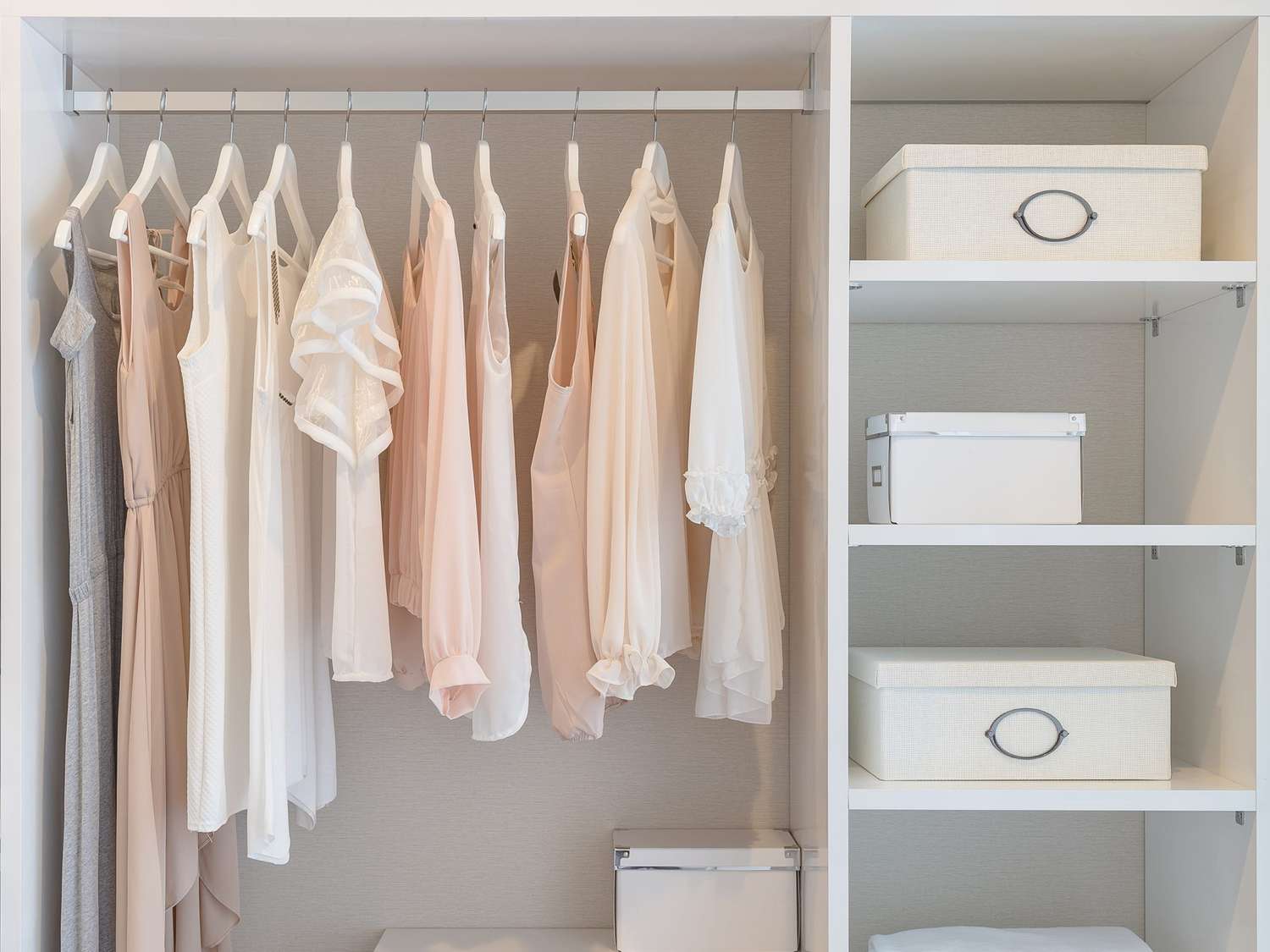
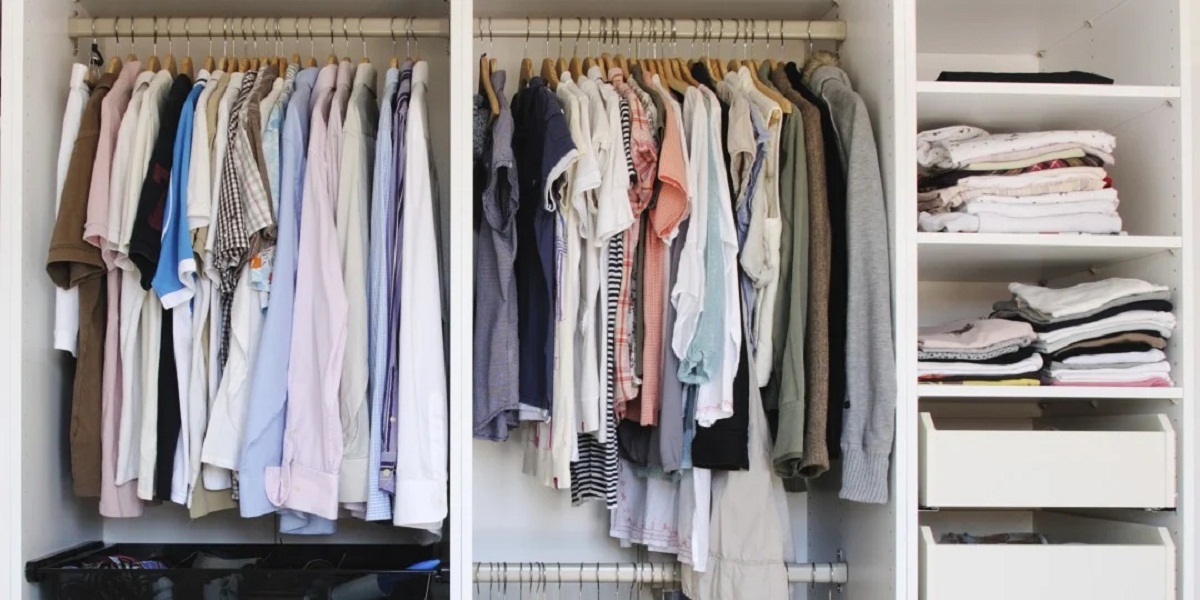
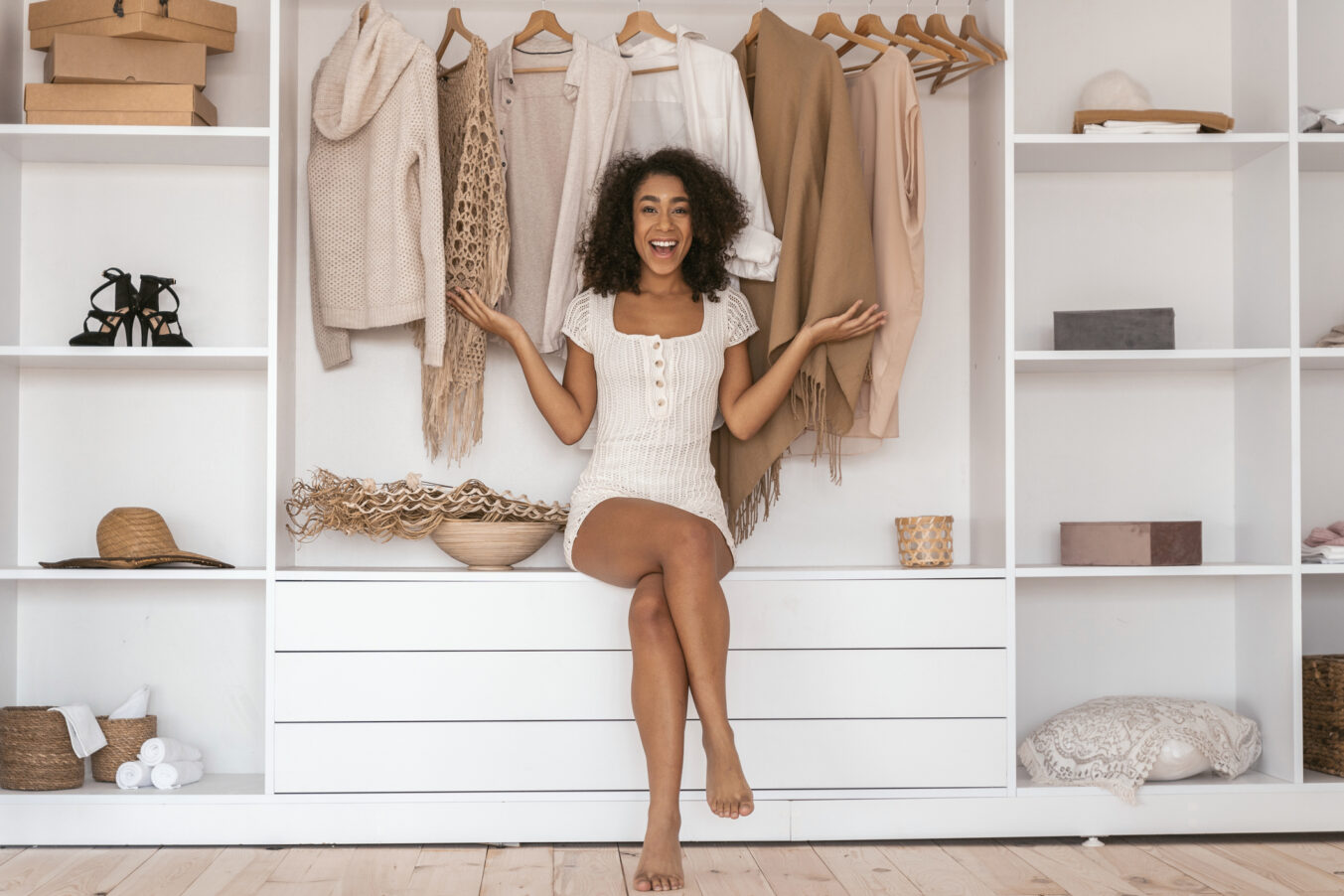
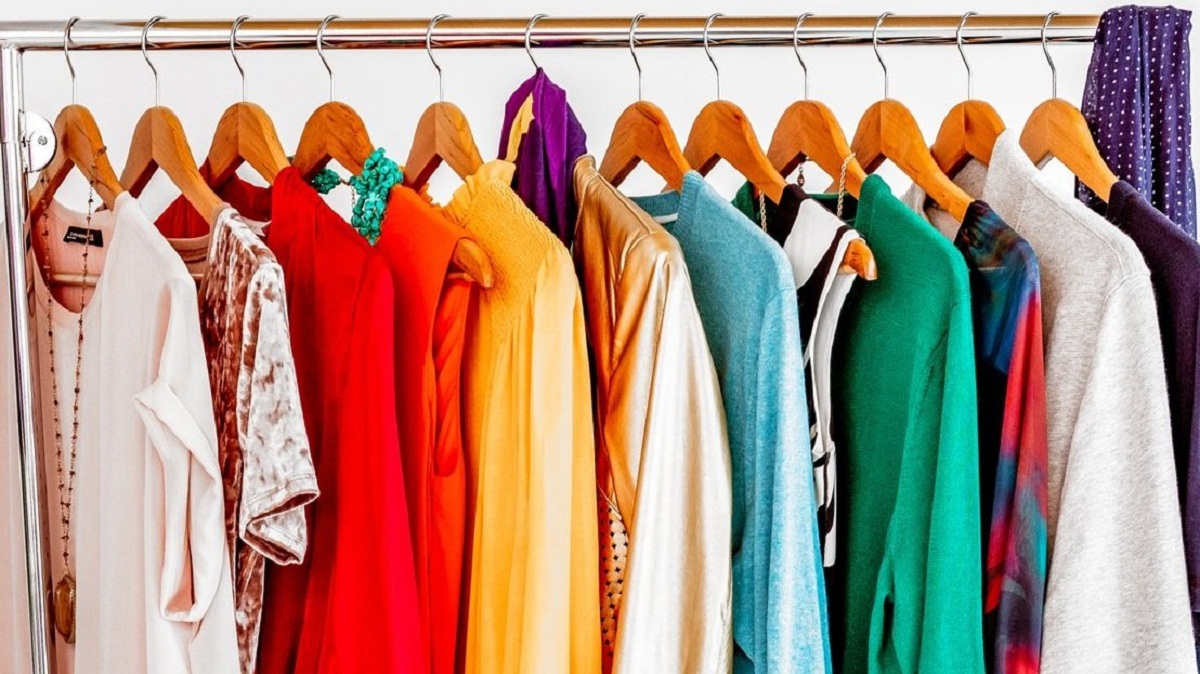
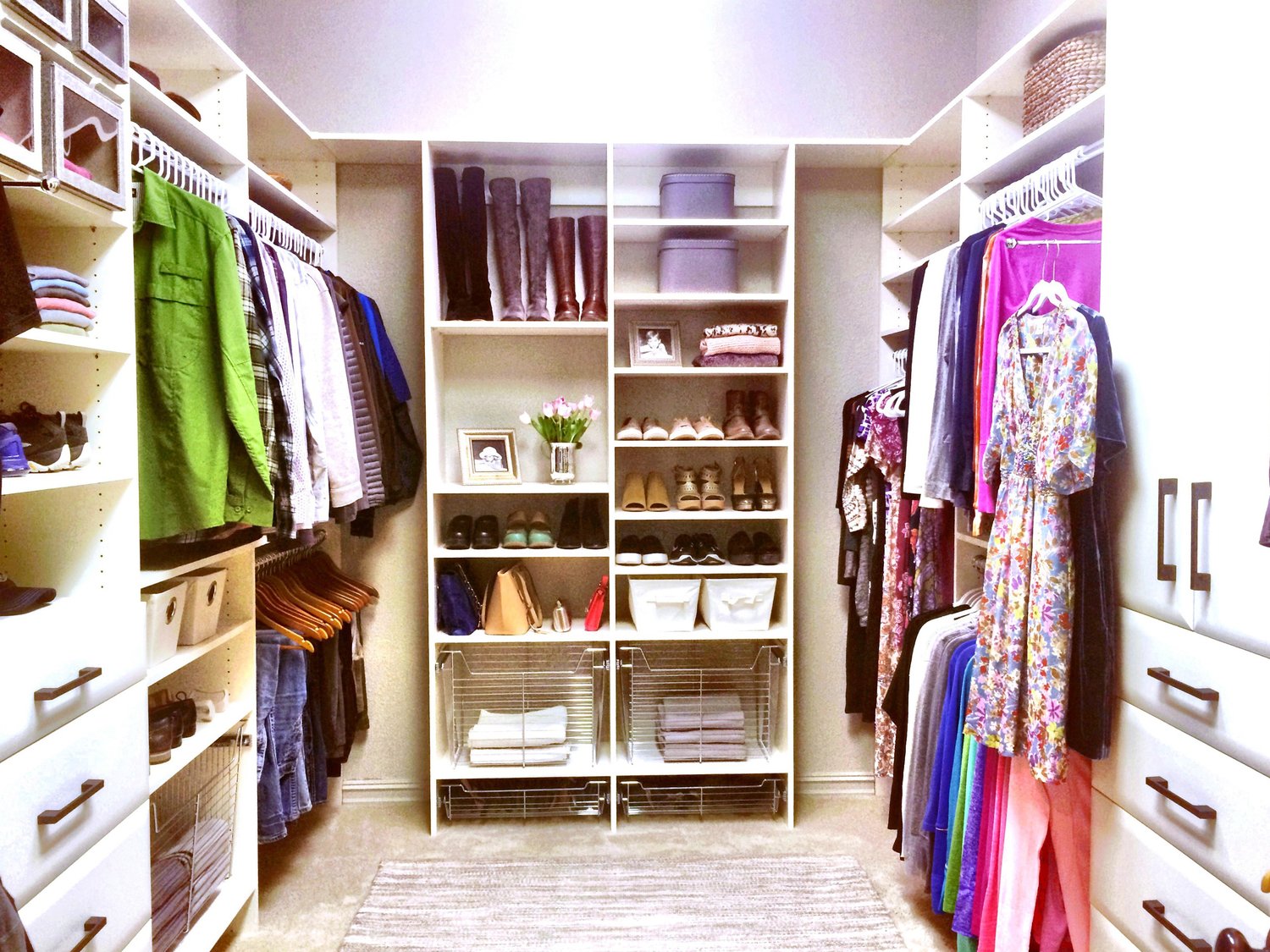
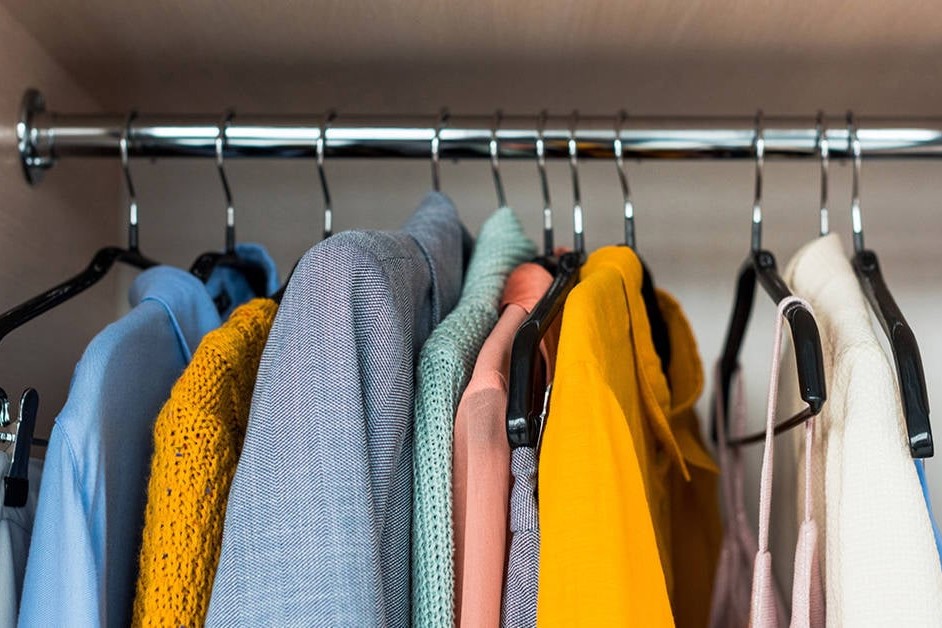

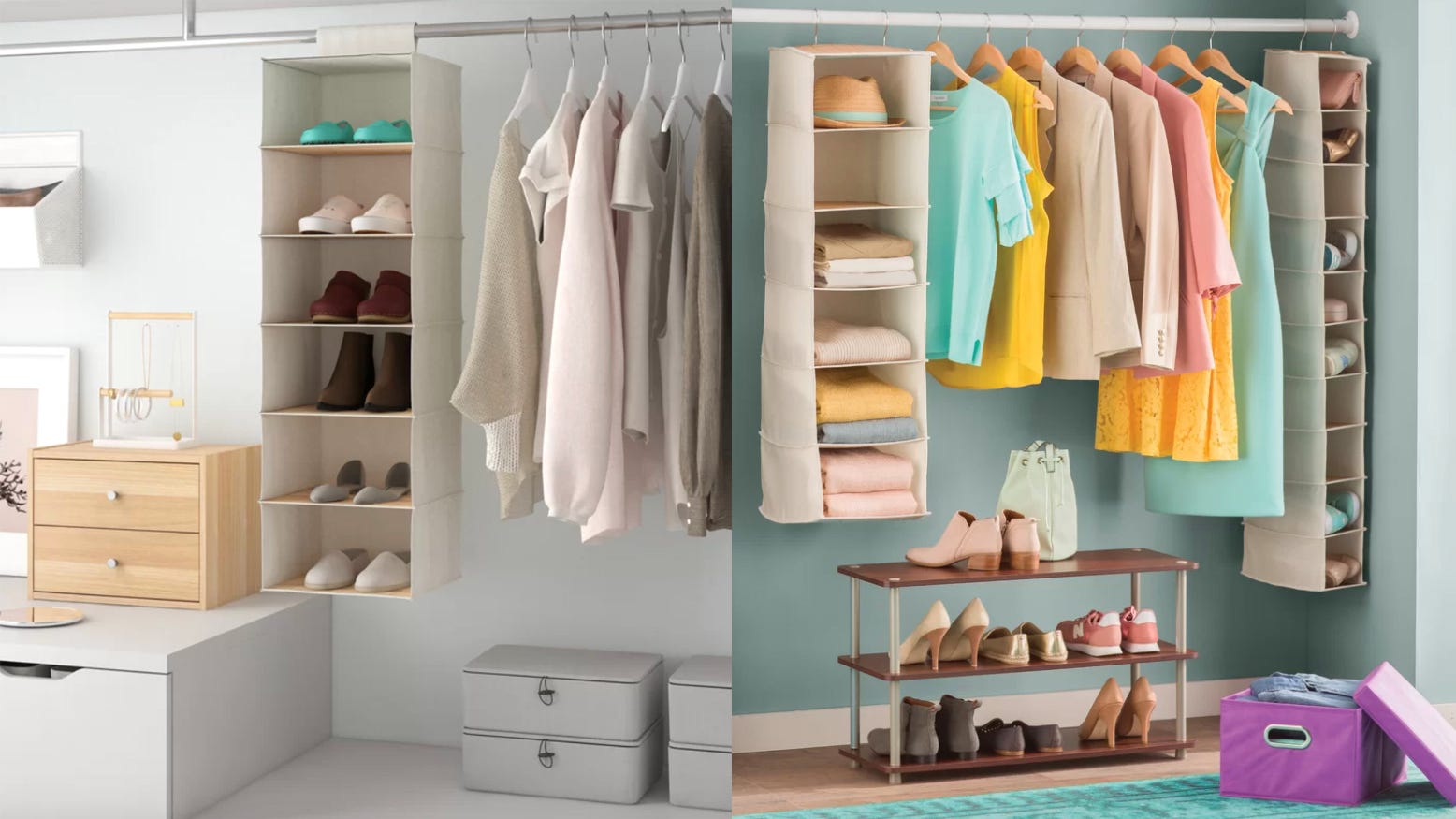


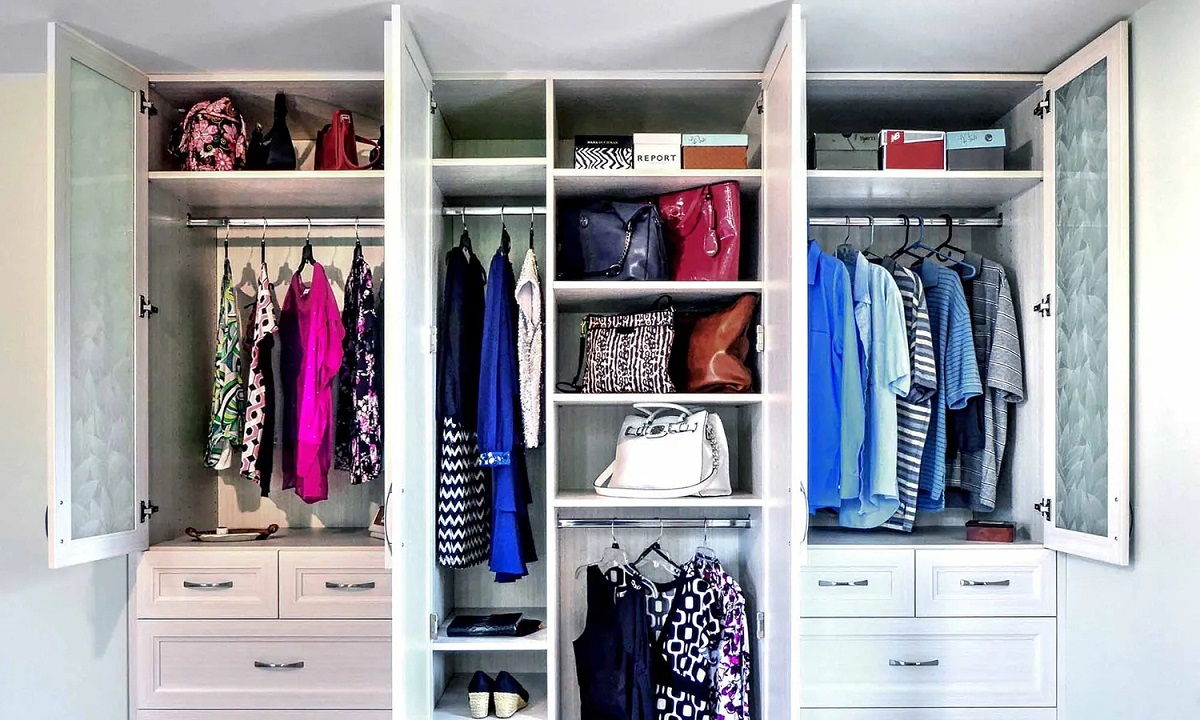
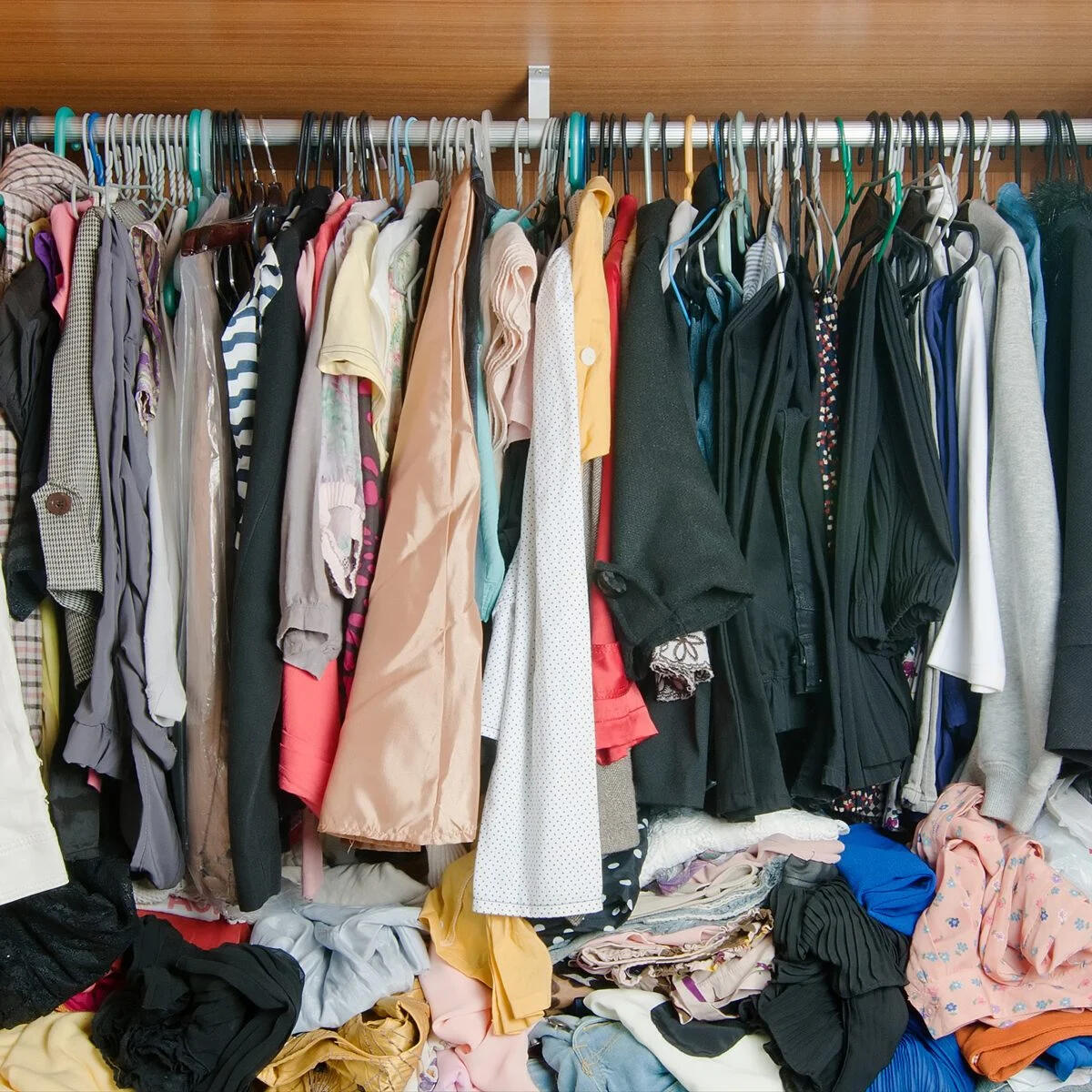
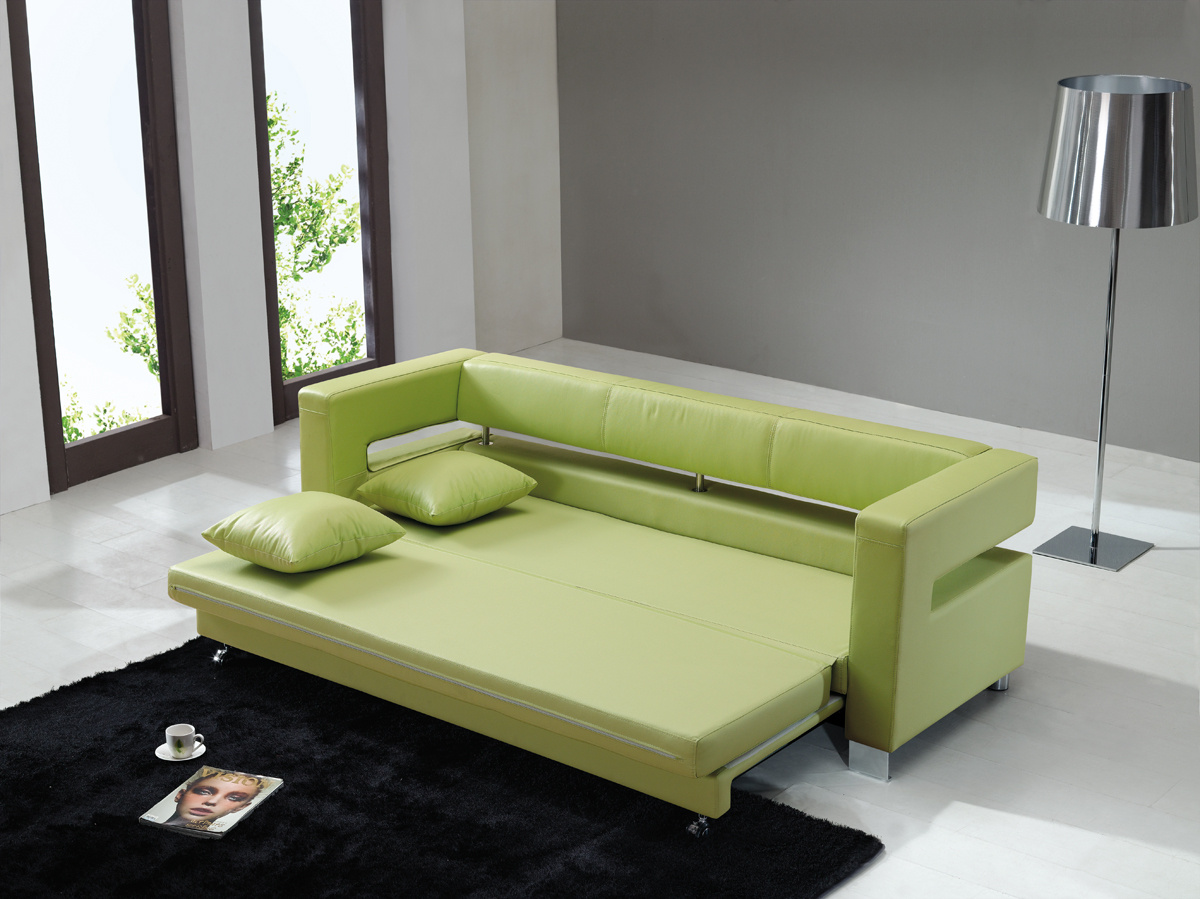

0 thoughts on “How To Minimize Your Wardrobe”